The Church is operating in an ever-changing environment of upheaval and profound change (economic, political, and social) that’s deepening by the week. The cultural quakes are unsettling. The specifics aren’t important; what’s important is that we notice and respond.
Have you noticed? Has the increasing chaos caused you greater anxiety? Have you felt a bit off? Regardless of what country you call home these global macro turns have probably found you.
William Strauss and Neil Howe would argue that this “turning” is right on time. Their theory asserts that in each historical cycle there are four 20-25 year turnings that move through society. It’s theory, not Scripture, but if they’re right, it means leaving behind the internet/information age and entering a new one.
The internet age has enabled consumerism to dominate. This age has brought about endless customization and “long-tails” (A long tail refers to the large number of low-selling products in a market segment) that have enabled isolation and disconnection from anyone who’s different. It’s brought a rise in secularization. Despite great effort by the Church, we’ve consistently lost ground for over 25 years.

One prominent futurist has already dubbed the coming age as the Shift Age. This name aptly describes the turbulence that we’re experiencing. Perhaps a new turning will bring a new age of fruitfulness for the Church.
In order to thrive in the Shift Age, there are four shifts the Church needs to make.
1. Shift from Knowledge Focus to Discernment Focus
In an unstable environment, knowledge alone is insufficient. Information is most useful in stable environments because the context allows it to be consistently useful. In other words, it stays current longer.
To illustrate, imagine playing a game of chess with variables introduced after the game has started. For instance, the knight can only be moved twice. The 1st and 8th ranks are out of play after you move your queen. Such situational instability would demand continual discernment.
Similarly, during the Shift Age, the Church needs to introduce practices that prompt the congregation to reflect and to cultivate discernment. We must move through Bible knowledge to Spirit-led wisdom. When we execute this well, we will attract people to Christ as they observe stability in a turbulent world.
2. Shift from Teaching Posture to Learning Posture
In the Shift Age, information “evolves” rapidly. The constant churn of facts requires everyone to take a posture of learning. Scriptural truths remain unchanged, but our posture must adapt to the chaos around us.
The teacher who assumes a posture of learning moves from lectures to lived-out learning. She minimizes the risk of teaching something that used to be true and enhances her credibility by leading students to apply truths to the most relevant places.
To thrive in the Shift Age, the church must model a lifestyle of perpetual learning that’s coupled with sober teaching. The posture of a learner draws others in, while at the same time protecting against pride. Such a posture will attract honest seekers to enter and engage with the Church.
3. Shift from Location Thinking to Direction Thinking
This new era will disrupt a Western culture that has been fed by content, led by data, and controlled by comfort. For decades, we’ve been able to depend upon a relatively stable culture. If you wanted to be assured of a stable living, simply study hard, go to college, and work hard at your job. Depending upon the depth of disruption, even this “road map” may be unreliable.
In such an environment, individuals must focus less on the pathway to the desired destination and more on direction. Often that means acknowledging that the final destination is at least partially unknown. In other words, compasses are more helpful than maps. Those who remain dependent upon past maps will find that the gaps are filled in by an ever-increasing anxiety.
To thrive in the Shift Age, the Church must learn to walk in the darkness of uncertainty (Is. 50:10-11) by trusting God. We must trust that our collective progress toward becoming more like Him will result in His Kingdom expanding on earth as in heaven.
4. Shift from Programs and Systems to Context-Specific Tools
The information age taught leaders two primary lessons: 1) that knowledge was primary and 2) that the most effective way to move information was to develop programs at scale. The win was measured by understanding, not by becoming.
In the Shift Age, information is everywhere and unreliable. Leaders must learn to ditch one-size-fits-all approaches for biblical truth applied in our neighborhoods. The shift toward context-specific, principle-based tools will be a challenge for the Western Church, which has grown accustomed to consumerism’s tools, which aim at uniformity, scale, and programs.
To thrive in the climate that’s coming, leaders must learn established principle-based tools such as the Wheeland the Grace-Gap Illustration, and develop new and better tools that fit the specific context within their sphere of influence.
In summary, destabilization is here, but there’s no need to fear it. Times of upheaval have led the Church to thrive by pointing weary hearts to unchanging hope. Disappointments and distractions cause people to be more open than ever to the power of the gospel. Let’s enter the Shift Age prepared to bear much fruit by sharpening our discernment, carrying a posture of learning, thinking directionally, and using context-specific tools.
About the Author

Justin Gravitt
Related Posts

Is Dinner Ready?
Learn from Bill Mowry about one of Jesus’ most effective strategies for evangelism – a shared meal.

Hiking and Disciplemaking
Learn about how hiking is a great analogy for disciplemaking at Ellen shares her perspective of 4 things that disciplemaking requires.

What Disciplemaking Is Not — And Why That Matters
We’ve complicated disciplemaking. Somewhere along the way, we turned it
